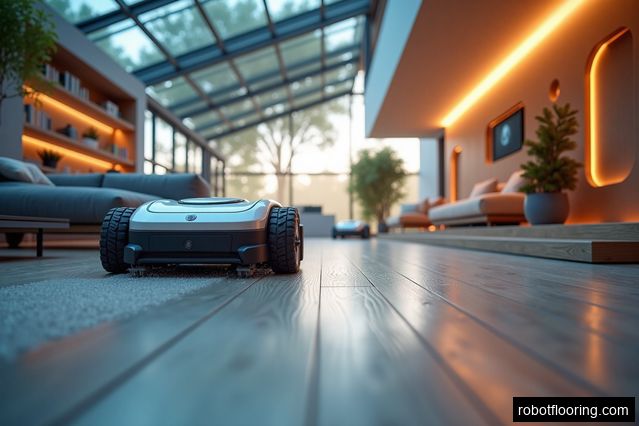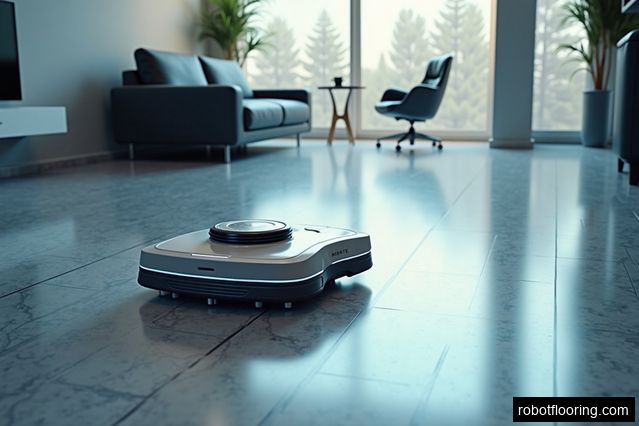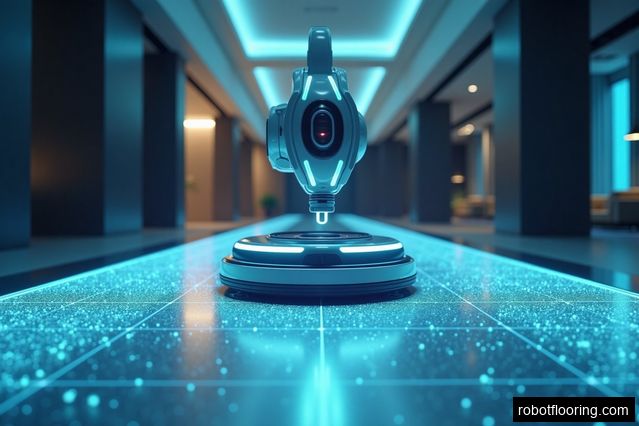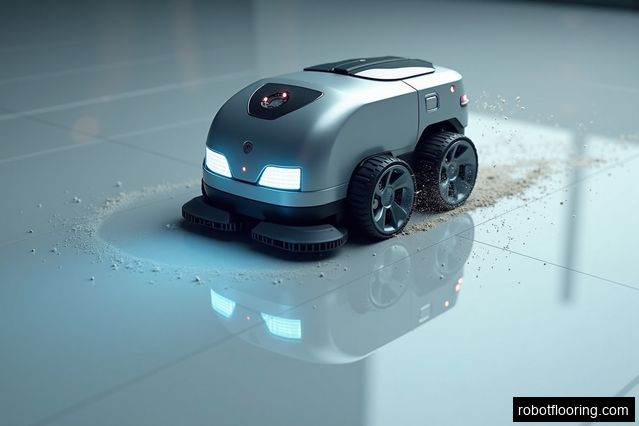Introduction
The advent of technology has revolutionized many aspects of our lives, and household cleaning is no exception. Gone are the days when sweeping and mopping were purely manual chores that consumed considerable time and energy. The evolution of automated floor cleaning is a fascinating journey that began with the early robot vacuums and has now advanced to innovative solutions like those offered by Robot Flooring.com. This transformation has not only changed the way we approach household cleaning but has also set new standards for convenience, efficiency, and smart living.
Initially, robot vacuums were a novel concept that promised to alleviate the burden of daily cleaning tasks. These early models, though revolutionary, were basic in function and faced challenges in navigation and thorough cleaning. Yet, they paved the way for more sophisticated technologies. Today, we stand on the cusp of a new era with the emergence of platforms like Robot Flooring.com, which promise to take automated floor cleaning to unprecedented levels through cutting-edge technology and innovative design. In this blog post, we will explore the journey from those initial robot vacuums to the latest developments in automated floor cleaning technology, highlighting key innovations and their impact on everyday life.
The Dawn of Robot Vacuums
The genesis of automated floor cleaning can be traced back to the late 1990s and early 2000s when the first robot vacuums appeared on the market. Companies like i Robot with their Roomba series led the charge, offering consumers a glimpse into a future where household chores could be delegated to robots. These early robot vacuums were equipped with basic sensors to navigate around furniture and avoid stairs. However, they often struggled with complex layouts and varied surfaces, necessitating frequent human intervention to rescue stranded units or ensure missed spots were cleaned.
Despite these limitations, the popularity of robot vacuums grew steadily. Innovations in sensor technology and artificial intelligence (AI) gradually improved their navigation capabilities. Models became more adept at mapping out rooms, recognizing obstacles, and optimizing cleaning paths. Battery life extended, suction power increased, and additional features like scheduling functions allowed users to automate their home cleaning with greater precision and reliability. These advancements demonstrated the potential for automated cleaning technologies to become an integral part of modern households.
Transition to Smarter Cleaning Solutions
As technology advanced, so did the sophistication of automated floor cleaners. The introduction of Wi-Fi connectivity brought robot vacuums into the realm of smart home devices. Users could now control their devices remotely through smartphone apps, set cleaning schedules from anywhere, and even integrate their vacuum robots with other smart home systems for an even more seamless operation. Brands like Neato and Dyson introduced laser-guided navigation systems that further refined the precision with which these robots mapped and cleaned spaces, marking a significant leap from the earlier models that relied heavily on physical bumpers and infrared sensors.
The integration of AI took this evolution a step further by enabling robot vacuums to learn from their environment and improve over time. Machine learning algorithms allowed these devices to recognize patterns in users' homes, adapt their cleaning strategies accordingly, and even anticipate future cleaning needs based on past behavior. This leap towards more intelligent systems underscored a shift from merely automating physical tasks to creating genuinely smart solutions capable of understanding and adapting to their users' lifestyles.
The Rise of Robot Flooring.com Innovations
In recent years, we have witnessed the emergence of companies like Robot Flooring.com that aim to push the boundaries of what automated floor cleaning can achieve. These innovations go beyond vacuuming; they offer comprehensive floor care solutions that integrate vacuuming with mopping, UV sterilization, and even self-cleaning mechanisms. For example, Robot Flooring.com's latest models boast advanced AI-driven algorithms that not only optimize cleaning paths but also adjust cleaning modes based on floor type or level of dirt detected.
What sets these newer innovations apart is their emphasis on user experience and interaction. With features like voice control compatibility, real-time progress tracking, and customizable cleaning programs, users have unprecedented control over their floor cleaning routines. Moreover, these next-generation devices are designed with aesthetics in mind – sleek designs that blend seamlessly into modern homes while silently working in the background. This holistic approach to automated floor cleaning underscores a future where such technologies are not just helpers but integral components of intelligent living spaces.
Conclusion
The journey from the first robot vacuums to today's sophisticated automated floor cleaning solutions reflects a broader trend towards smarter, more connected homes. Each innovation along this path has not only made floor cleaning easier but also transformed it into an aspect of home management that can be personalized and optimized like never before. As we continue to embrace these technological advancements, it's exciting to consider what future developments will bring – perhaps fully autonomous systems that anticipate our needs before we even articulate them.
In closing, while Robot Flooring.com represents just one facet of this ongoing evolution, its contributions highlight the incredible potential for technology to enhance our daily lives. As consumers increasingly seek out smart home solutions that offer convenience without sacrificing quality or control, it's clear that the future of household management lies in harnessing such innovations for a cleaner, more efficient living environment.










